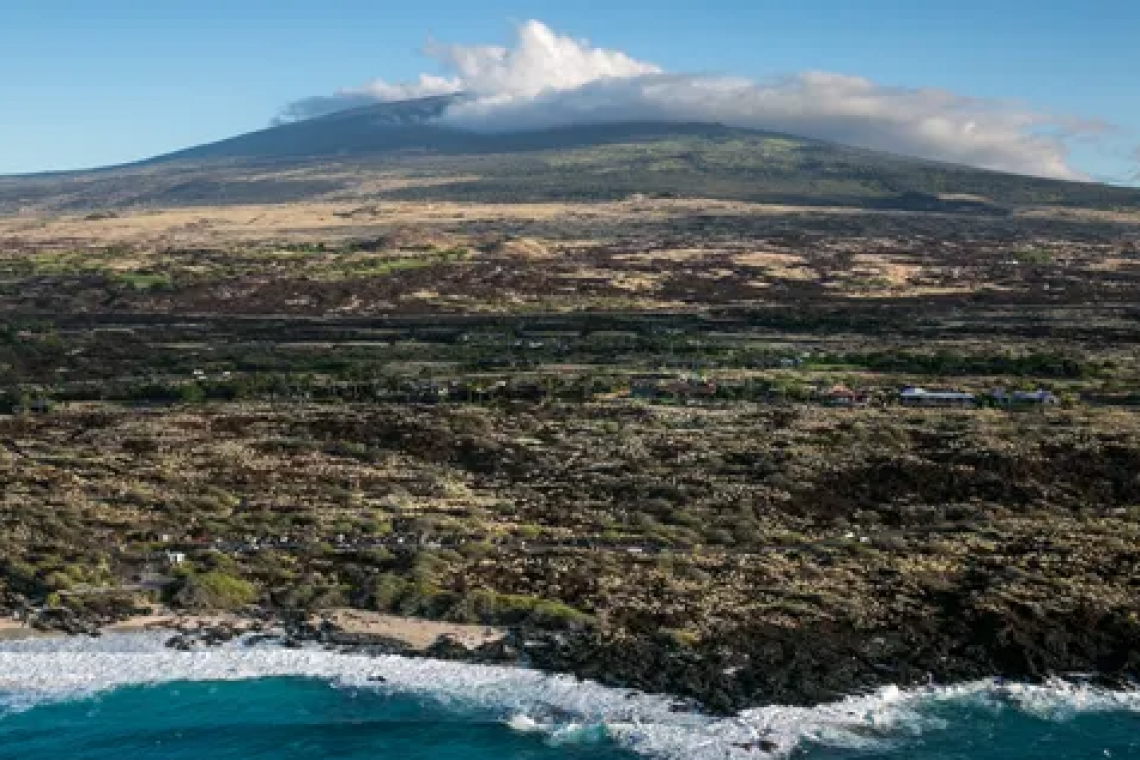Hawaii officials are warning residents of the Big Island that the world’s largest active volcano, Mauna Loa, is sending signals that it may erupt.
Scientists say an eruption isn’t imminent, but they are on alert because of a recent spike in earthquakes at the volcano’s summit. Experts say it would take just a few hours for lava to reach homes closest to vents on the volcano, which last erupted in 1984.
Hawaii’s civil defense agency is holding meetings across the island to educate residents about how to prepare for a possible emergency. They recommend having a ″go″ bag with food, identifying a place to stay once they leave home and making a plan for reuniting with family members.
“Not to panic everybody, but they have to be aware of that you live on the slopes of Mauna Loa. There’s a potential for some kind of lava disaster,” said Talmadge Magno, the administrator for Hawaii County Civil Defense.
The volcano makes up 51% of the Hawaii Island landmass, so a large portion of the island has the potential to be affected by an eruption, Magno said.
There’s been a surge of development on the Big Island in recent decades — its population has more than doubled to 200,000 today from 92,000 in 1980 — and many newer residents weren’t around when Mauna Loa last erupted 38 years ago. All the more reason why Magno said officials are spreading the word about the science of the volcano and urging people to be prepared.
Mauna Loa, rising 13,679 feet (4,169 meters) above sea level, is the much larger neighbor to Kilauea volcano, which erupted in a residential neighborhood and destroyed 700 homes in 2018. Some of its slopes are much steeper than Kilauea’s so when it erupts, its lava can flow much faster.
During a 1950 eruption, the mountain’s lava traveled 15 miles (24 kilometers) to the ocean in less than three hours.
The Hawaiian Volcano Observatory, which is part of the U.S. Geological Survey, said Mauna Loa has been in a state of “heightened unrest” since the middle of last month when the number of summit earthquakes jumped from 10 to 20 per day to 40 to 50 per day.
Scientists believe more earthquakes are occurring because more magma is flowing into Mauna Loa’s summit reservoir system from the hot spot under the earth’s surface that feeds molten rock to Hawaii’s volcanoes.
The temblors have declined in frequency in recent days but could rise again.


